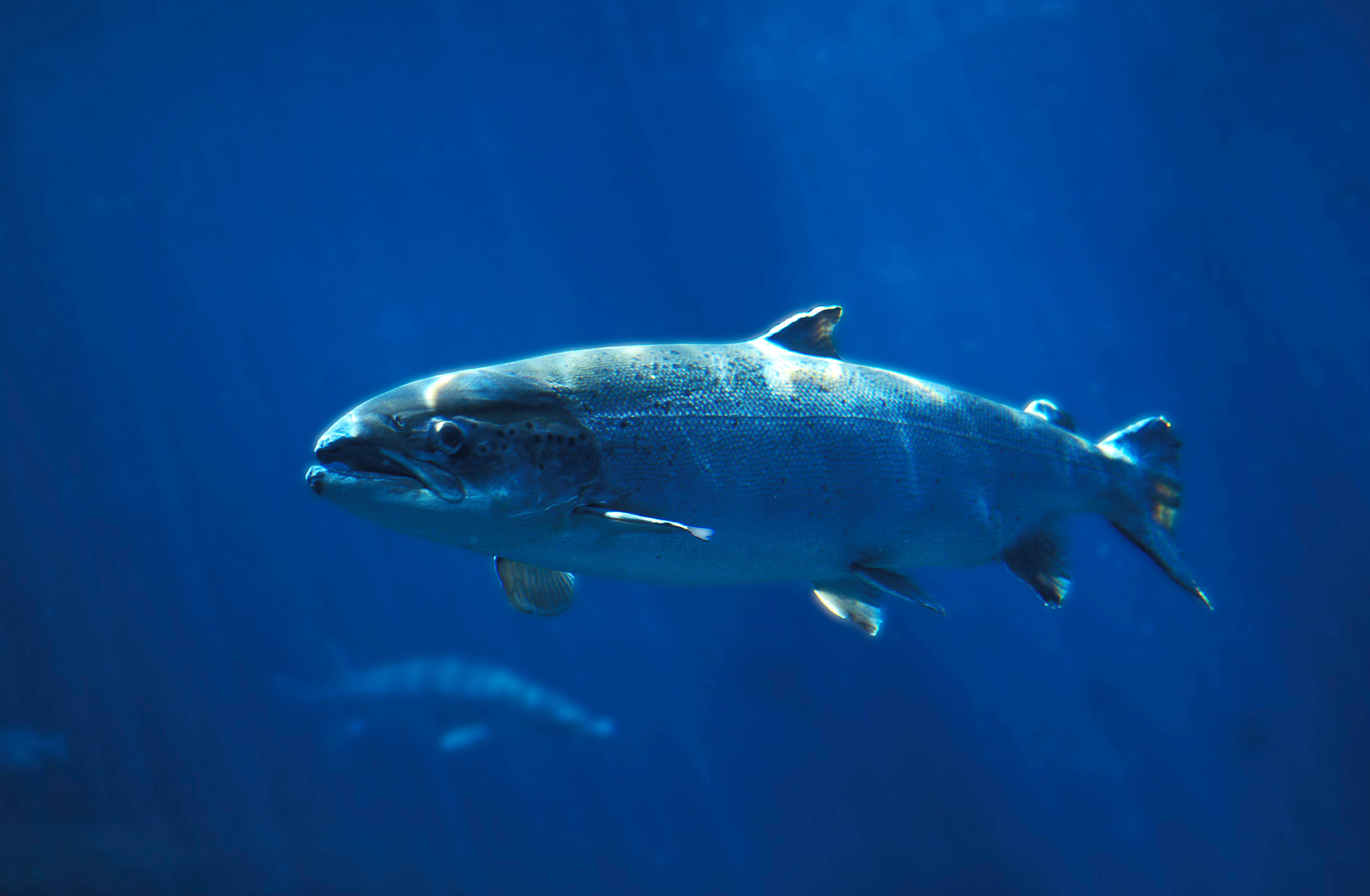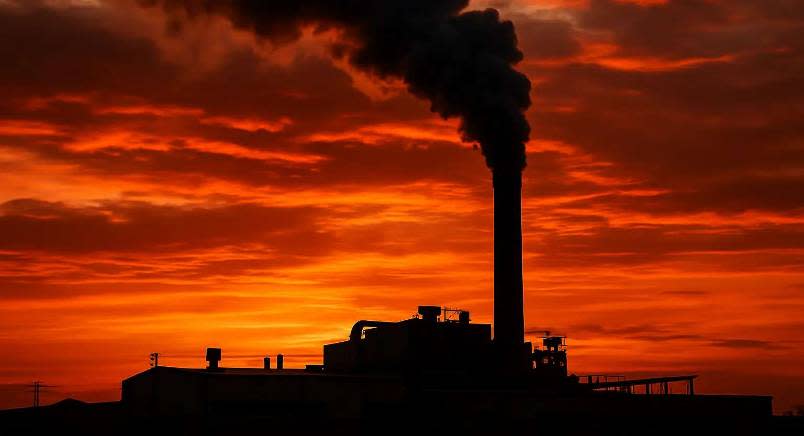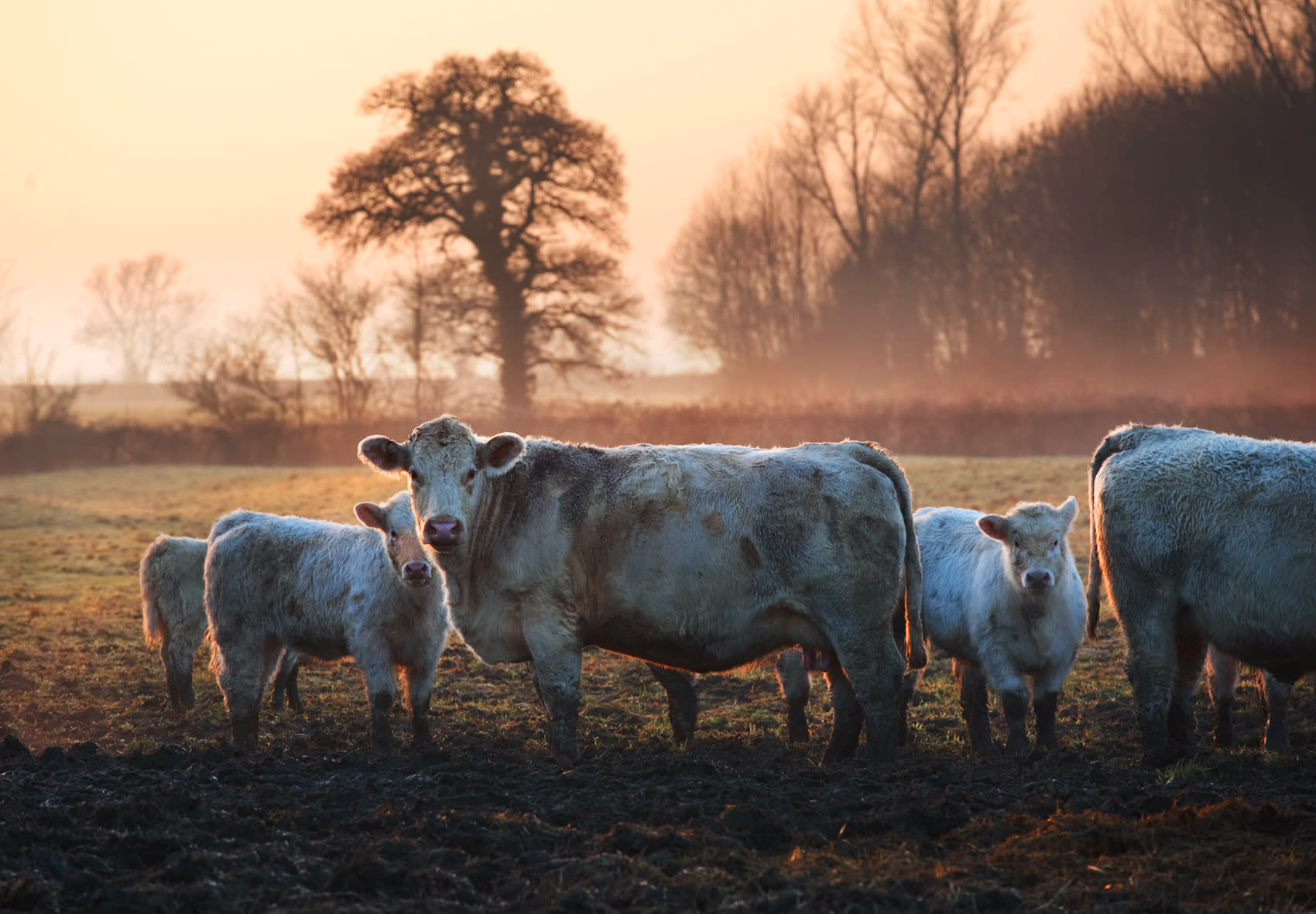




In honor of World Water Day, we’re taking a look at animal agriculture’s harmful impact on freshwater use and highlighting what we can do to help protect this vital natural resource.

Fresh water is critical to the survival of civilizations, ecosystems, and living beings worldwide. But much as we all depend on water, some industries are notorious for their unsustainable water usage and their rising contribution to water pollution. A prime offender? Factory farms.
Groundwater—water that exists underground in sand, soil, and rock—may not get the level of attention it needs or deserves, but on this World Water Day, the theme of the United Nations day of observance puts groundwater center stage. As UN-Water points out, the importance of groundwater cannot be overstated: “Almost all of the liquid freshwater in the world is groundwater,” they note.
With such a valuable natural resource quite literally underfoot, what happens above ground is incredibly impactful—for better or worse. And with animal-laden factory farms operating around the globe, sustaining high levels of surface-water usage and contributing to water pollution through runoff, the overall effects on the environment are devastating.
Animal agriculture and the environment
Factory farming touches every aspect of our planet, from emitting massive amounts of greenhouse gasses into the atmosphere, to contaminating the groundwater, rivers, lakes, and streams we rely on for freshwater. Factory farms house animals in crowded and often filthy conditions, subjecting millions of cows, chickens, and pigs to the worst forms of abuse for the entirety of their short lives. Driven by the demand for cheap eggs, meat, and dairy, the animal agriculture industry is harshly impacting the planet—and it’s time for that to change.
Agricultural runoff from barnyards, feedlots, and cropland carries pollutants like manure, fertilizers, ammonia, pesticides, livestock waste, toxins from farm equipment, soil, and sediment to local water sources. This makes the factory farming industry one of the leading causes of water pollution in the US. The animal agriculture industry is also a frontrunner for water risk—which, in the race to environmental sustainability, isn’t a good thing.
What is high water risk?
Scientists assess “water risk” by evaluating the possibility of water-related issues like scarcity, flooding, drought, or water stress. A Ceres report called Feeding Ourselves Thirsty identifies four industries with the highest exposure to water risks:
- Meat
- Agricultural products
- Beverages
- Packaged food
Of these, agricultural products refers to the process of farming plants or animals to produce products for consumers. The international Organisation for Economic Co-operation and Development (OECD) states that agricultural production is “highly dependent on water and increasingly subject to water risks.” OECD also highlights agricultural production as the largest water-using sector, and a major source of water pollution.
Why is this a problem? Water is a vital component in every aspect of factory farming—from growing crops to feeding livestock to cleaning their facilities. It’s also a vital and necessary resource for every living being. So while it’s critical that agricultural organizations ensure their water use remains in the realm of sustainability, a recent report by the Midwest Center for Investigative Reporting suggests that’s not happening.
“Most large companies have policies to reduce water use and pollution. But some of the largest meat companies in the US lack measures such as water reduction targets, watershed protection plans and incentives for suppliers to conserve water.” —Madison McVan, Investigate Midwest
Further, Ceres reports that Pilgrim’s Pride, one of the largest global poultry producers, set a public goal to decrease its water use intensity (or, the amount of water used to produce a pound of chicken) by 10% by 2020. Instead, it actually increased its water use in its US operations by 5%.
It’s increasingly critical for the agricultural industry to get on board with water conservation efforts. As the World Wildlife Fund indicates, water scarcity remains a pressing global concern. Just 3% of water on our planet is freshwater, and that includes water frozen in glaciers (which accounts for more than half). Because freshwater is a limited natural resource, the animal agriculture industry’s high water use is a significant and growing concern.
How much water is used in livestock production?
Factory farms use significant amounts of freshwater to raise, feed, and slaughter animals—so much of it that animal agriculture accounts for nearly 20% of freshwater use globally. In the US alone, a whopping 60% of freshwater is used just for growing crops. Corn, soy, and other grains often used in animal feed require about 43 times more water to grow than feed like grass or roughage that animals could access if they were allowed to graze. Of those, the US Department of Agriculture estimates 60% of soybean crops and 40% of corn are used in animal feed.
How much water is used for live-shackle slaughter?
A study by the Animal Legal Defense Fund shows that just one slaughterhouse in Livingston, California used approximately 4-5 million gallons of water every day in the live-shackle slaughter of chickens—accounting for about 60% of the entire city’s water usage. That’s the same as using about 2 billion gallons of water a year.
Of this, the slaughterhouse used some of the water in electrified stun baths and some in scalding tanks to defeather chickens. Because this inhumane approach to slaughter is so terrifying for chickens, slaughterhouses also use lots and lots of water to clean feces and vomit from the chickens’ bodies after live-shackle slaughter.
Is water use in animal agriculture sustainable?
In short: no. The tremendous amount of water needed to grow crops for feed, clean facilities, raise animals, and slaughter them is using an alarming amount of the earth’s limited freshwater resources. And evidence suggests most meatpacking organizations don’t ensure sustainable water practices in their supply chains.
This does not bode well for long-term impact on the planet—or its people, animals, and ecosystems.
How can I help?
Factory farming not only causes endless and unnecessary animal suffering, it also uses an excessive amount of environmental resources, pollutes the planet, and corners the nation’s freshwater supply. That’s why we’re working together to put an end to factory farming and repair our broken food system. Join thousands of activists around the world in advocating for change. Together, we can create a brighter future for our planet, for the animals, and for ourselves.





